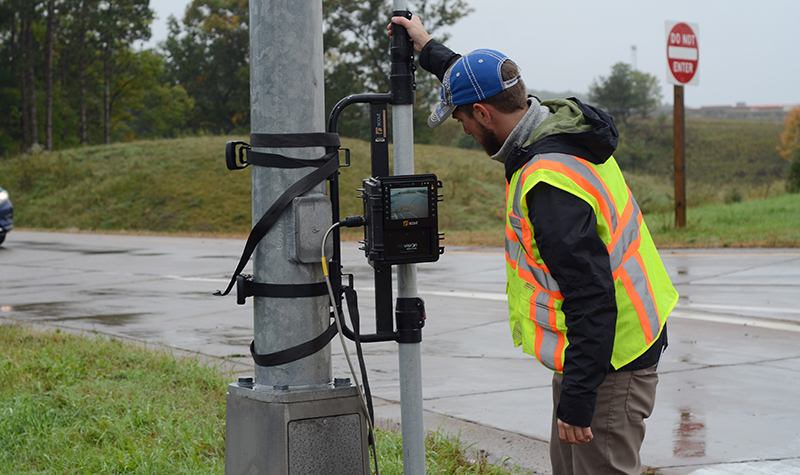The Significance of Traffic: Safety, Flow, and Laws
What Is the Importance of Traffic?

When it comes to traffic, there are many things that you need to consider. These include the safety of motorists, the flow of traffic, and Traffic laws. Those who follow these rules will have a smoother ride on the road.
Many marketers are excited to see their website traffic grow, but it is important to note that growth without quality metrics is a vanity metric. To increase the quality of your website traffic, you need to track key metrics like bounce rate and conversion.
Safety
When driving, you should always be aware of the other road users around you. This way, you can anticipate what they may do and make adjustments accordingly. This will also help you stay safe from careless drivers who violate traffic rules and cause car accidents.
Road safety planning is a multidisciplinary process that involves multiple perspectives and expertise. It begins with analyzing crash data to identify areas of emphasis. This information is used to inform infrastructure design and law enforcement strategies. The result is a reduction in crash severity and fatalities.
The safety of roads is a complex issue, and the factors that influence it vary from person to person. A person’s perception of safety can impact their travel choices, and this is difficult to understand from crash data alone. However, transportation professionals can use surveys and other tools to understand how people perceive safety in their daily activities. In addition, they can conduct field observation studies to better understand the factors that affect safety perception.
Flow of traffic
The flow of traffic is an important consideration when driving on busy roads. This is why signs and rules are in place to help manage traffic congestion. These regulations are based on experience and scientific analysis of road traffic, and they can be used to reduce fuel consumption and carbon emissions.
One of the most significant impacts that optimizing traffic flow can have is on reducing travel time for commuters. This is because traffic flows more efficiently when there is a smooth, uninterrupted flow of vehicles. Moreover, this can also lower air pollution levels by reducing the number of cars on the road.
During the business day in most cities, traffic intensity reaches great heights at predictable times, such as rush hour. The intensity of traffic may be heightened by the number of people driving at the same time, road construction, or accidents. In such situations, the default give-way to the right rule may cause confusion among drivers.
Traffic laws
Traffic laws set standards for driver behavior and establish guidelines that help to reduce accidents and congestion on roads. Those who fail to follow these rules are often fined or arrested. In addition, they may have their license suspended or even lose their jobs if they are found guilty of breaking the law.
This is because traffic laws are designed to ensure the safety of motorists, pedestrians, and other road users. Ignorance of these regulations can lead to serious accidents and injuries, putting the lives of others at risk. For this reason, it is important for all drivers to stay up-to-date on new traffic laws and to be familiar with existing ones.
Traffic laws also play a critical role in preventing MVAs by deterring dangerous behaviors like speeding and distracted driving. For example, drivers who break speed limits are likely to receive a ticket or be arrested, which serves as a reminder that they must drive safely and obey the law.
…

